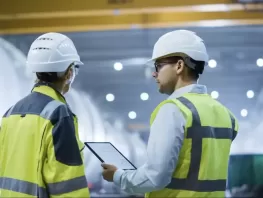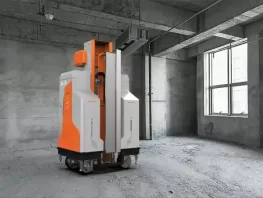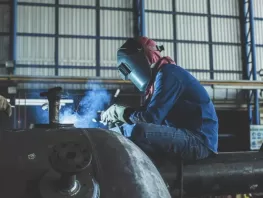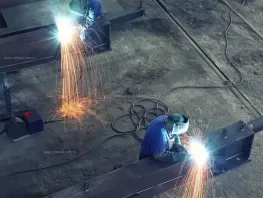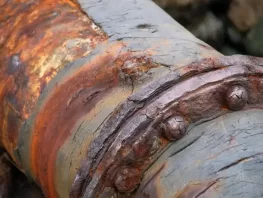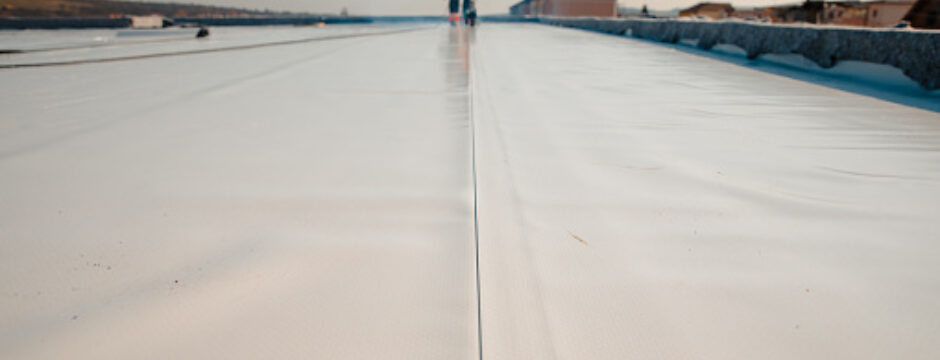
Why It’s Important Not to Neglect Your Facility’s Roof
Posted Mar 21, 2022 by Dave Scaturro

Often taken for granted and neglected, a roof reveals its importance once leaks begin to occur or it ceases to effectively regulate a facility’s internal temperature. Roofs consistently take the brunt of the elements – sun exposure, extreme weather, and environmental fluctuations – and unlike people, they cannot put on a warm jacket or sunscreen when in need of protection. Left without appropriate coating, a roof will likely deteriorate from perpetual exposure and everyday wear and tear.
When it comes to protecting your roof, coatings can make a big difference in extending its life and efficacy. Typically, such maintenance involves repairing, patching, and coating your roof with the appropriate application, and includes restoring and weatherproofing to arm it against the roughest of weather conditions. When applied correctly, roof coatings will add years of life to your roof.
The Benefits of Roof Coating
A roof coating is a cost-effective alternative to full roof replacement. Saving time and money, along with improving energy efficiency, roof coating has many obvious benefits. Let’s explore each of these in more detail:
Environmental Appeal
With the effects of climate change on every person’s mind these days, choosing to coat your roof, instead of replacing it, has many clear benefits. For one, you can avoid overfilling landfills with old roofing products and instead, restore your existing roof by reusing the current roofing materials. Along with reducing waste and decreasing your impact on the environment, roof coating formulas can also qualify for the US Green Building Council’s LEED program for Sustainable Sites, Energy and Atmosphere, and Materials and Resources. The highly reflective finish of certain roof coatings will also help reduce energy costs further amplifying your reduced impact on the environment.
Time Saved
When compared to replacing a roof, a roof coating application is a sustainable option that will reduce your environmental footprint, it will also save you time. Since the installation of roof coatings is faster than the re-roofing option, it also has a real impact on the bottom line. A professionally installed coating system can amortize in just the first year as opposed to over the lifetime of the roof. Additionally, both time and money will be saved by avoiding interruptions to normal business operations while your roof is being coated.
Cost-Efficiency
Roof coatings go directly on top of your existing roof, which means its application takes less time and therefore, has less labor costs. It also means less cost in needed materials. And to take this scenario from great to greater, a significant decrease in demolition means roof coating can reduce your landfill fees.
Energy Savings
One of the most significant benefits of roof coating is how it helps to keep energy costs low. Roof coatings add reflectivity to your roof’s topcoat that offers high-quality UV protection, adding years of life to your rooftop and a nice reduction in energy costs. One of the defining qualities of a roof coating is that they are reflective. In other words, instead of absorbing and retaining heat, they reflect harmful UV rays which is how they are able to help regulate the interior temperature of your facility.
Sustainability
Perhaps the biggest draw for having a roof coating installed is sustainability. These systems are renewable and can be re-coated every 10+ years to lengthen the life of your roof. As the application wears down, you can renew the reflectivity with a new layer or maintenance service. These options will ensure excellent waterproofing capabilities for years to come.
Easy Installation
Another advantage of having a roof coating installed is that the process is quick and easy. The entire roof coating installation won’t make much noise, produce high levels of VOC’s, or take up many days to complete (depending on roof size). Typically, a tear-off and re-roof installation can take months, which is costly to business owners in terms of revenue loss or productivity disruptions.
Along with the benefits of roof coatings, there are various types in the market which warrant discussion to better understand which is best for your building.
The Different Types of Roof Coating
There are generally three types of roof coatings you can choose from when restoring your roofing system. These include silicone, elastomeric, and acrylic. Alpine can help you select the correct roof coating based on your roof, location, slope, exposure to chemicals, heat, and UV rays. Below is a brief description of each type of roof coating.
Acrylic Roof Coatings
Acrylic is a water-based solution that matches most roofs as it offers a nice balance between cost and performance. Acrylic roof coatings are also highly reflective, UV-resistant, and easy to work with, making it a popular choice. Unfortunately, acrylic loses thickness under the elements so it's best used in drier climates with average temperatures of 50°F and above. Do keep in mind that too much sun exposure can degrade acrylics and speed up the loss of thickness.
Elastomeric Roof Coatings
Elastomeric roof coatings (create link to landing page: Industrial Services/Roof Equipment Painting) can withstand a range of weather conditions because of their resilient formula. Elastomeric coatings are generally less expensive than other coating types. While reflectivity is great, UV stability is lower than silicone so professionals tend to use it more for positively pitched roof systems or as a base coat.Combining elastomeric with another coating can make it extremely durable and more resistant to water and humidity.
Silicone Roof Coatings
A defining feature of silicone roof coatings is that they are moisture-cured. In some applications, it can also eliminate the need for a primer. Since silicone formulas advance curing, silicone roof coatings will weather better than others with nearly no erosion issues. Silicone roof coatings are commonly recommended for facilities with wet climates. A drawback to silicone formulas is that they hold on to dirt and dust, but rain and water can easily clean the roof system right up. Unfortunately, weather can cause the roof to lose its reflectivity faster. Lastly, it’s hard to adhere to silicone so any re-coating must be done with a compatible silicone.
Determining Which Roof Coating is Best for You
After understanding the different roof coatings in the market will help you determine which one is best for your roof. Alpine can help you sort through all the factors to consider, including the materials of your roof, its size and slope. Weather will also be a consideration, as sun exposure, rainfall, and snow possibilities will play a role in helping to determine which roof coating is equipped to best handle the elements in your area. Our experts will work with you to customize the perfect roof coating formula based on your needs.
